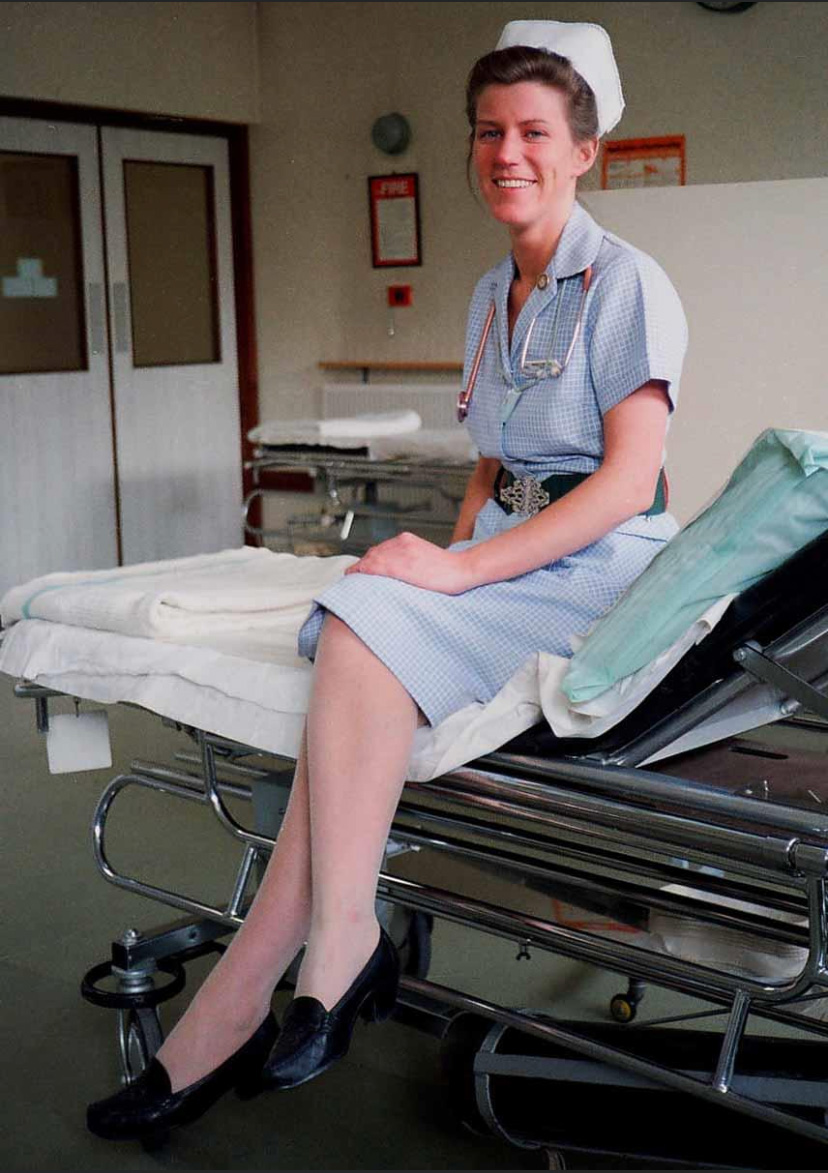Humans of Healthcare: Claire Reilly, RN MSc
Our Humans of Healthcare series aims to spotlight medical professionals –the very foundation of our healthcare system. In it, we’ll share pain points they experience daily and solutions they’ve implemented to enhance workflows and improve care quality.
A “day in the life”
I don’t really have a “typical day” at Imprivata. Some days I’m home at my desk in the US, some days I’m with colleagues in the UK, some days I’m with customers around the world. I'm the Director of Clinical Operations and frequently travel to meet with customers onsite. I always know what time it is in LA, Miami, London, Sydney. When you’re supporting customers internationally, you think globally.
A peek into the past
Before joining Imprivata, my work in healthcare kept me traveling as well. I’m a Registered Nurse from the United Kingdom and a former Resource Nurse in a Level 1 Harvard Affiliated Trauma Unit in Boston. I was a Clinical Informatics Specialist in Doha, Qatar. I held a position in the ER in Dhahran, Kingdom of Saudi Arabia on a Saudi Military Airbase that was also occupied by the British, French and US military during the Gulf War.
Then, after eight years in Bermuda, I made my second appearance in Saudi Arabia to work for the oil company Saudi Aramco in their compound’s Emergency Room in Dhahran. I never stop moving, I never stop learning, and in 2012 I completed my Masters in Health Informatics, which brought me here.
Lessons learned
My history of working in various ERs in various parts of the world allows me to understand Imprivata customers’ needs at a deeper level. I empathize with the healthcare professionals who have their boots on the ground helping others, sometimes in the most chaotic of settings. I show up to address their pain points, work with their IT teams, observe workflows, and offer tech solutions to make it easier for people to do their jobs.
What I’ve learned from moving to the informatics side of healthcare is that, at a fundamental level, you do not need tech to save lives in the emergency room. But, if that technology is delivered as per design, it’s a huge advantage. With safe and seamless access to a workstation, professionals can navigate through the EHR, look at a patient’s history, medication, allergies, etc. and have all the information they need to help that patient. With the ability to tap in and tap out quickly, professionals are staying HIPAA compliant and keeping data safe without disrupting the workflow so that patients receive care safely quickly and efficiently.
But there are a lot of ways that technology can go awry. The battery is dead on the workstation, a phone is broken, two-factor authentication slows down patient care, the list goes on. And of course, anything connected to WiFi is an access point for hackers. They’re a group that is getting smarter and slicker. We must be innovating faster than they are.
Tech can be Achilles’ heel to healthcare workers if it’s not updated or if it’s used in a way that inhibits access to the information and resources needed to do their jobs. But there are solutions: single sign-on, for example, is efficient and users love it. A user-centric access strategy places more attention on fast and invisible access and authentication. Not only that, but an individualized sign-on method prevents users from sharing credentials or leaving workstations unlocked; common scenarios that introduce the very security risks a hospital is trying to avoid. Ultimately, the technology in place should be helping the professionals do their jobs with fewer setbacks, fewer data breaches, fewer risks to compliance and privacy. It needs to be efficient enough to drive adoption that it will lead to enhanced security. These technologies must secure the perimeter of who is coming in and out of a workstation yet do so without making it harder to treat patients.

I’ve had different roles in different Emergency Rooms, but the goals were the same. I’m part of a massive, global network of healthcare providers, IT experts, medical vendors and beyond that want to see health professionals deliver care efficiently. I enjoy the challenge of advocating the future of healthcare reform with healthcare informatics just as I enjoyed my previous experience of socialized medicine, and I believe the combination of both healthcare practices offers an accessible system for all. When I arrive onsite to a new location to observe the technology and ER workflow, I don’t see that team as customers. We’re partners with the same mission.
